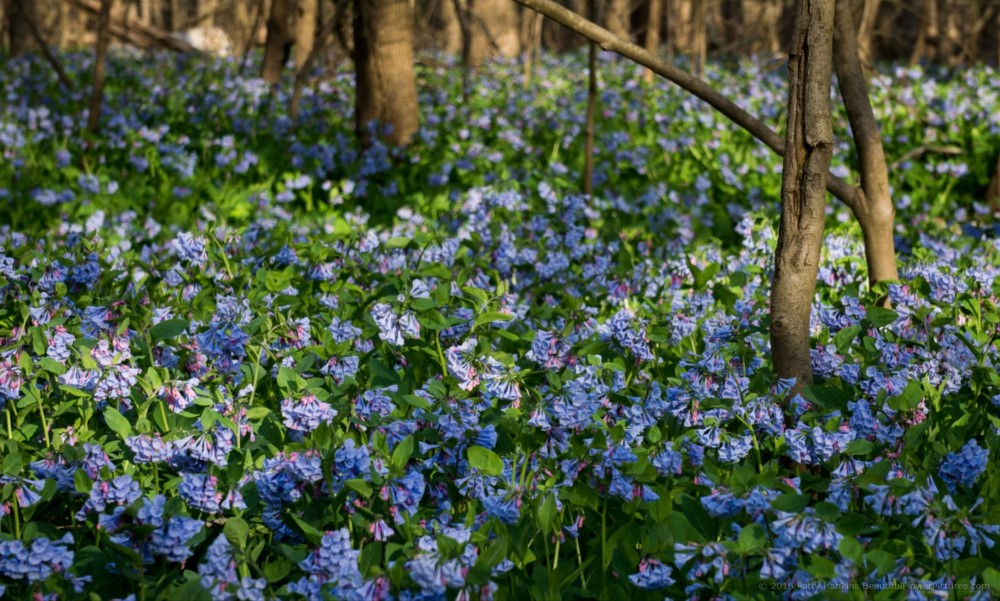
by hankinslawrenceimages | Apr 13, 2016 | Boraginaceae Family, Flowers, Portulacaceae, Wildflowers
One of the sure signs of spring in the DC area is the blooming of the cherry trees around the Tidal Basin. And for wildflowers lovers – we know that about 10 days after the cherry blossoms bloom – it’s time to start looking for the Virginia Bluebells at Bull Run Regional Park.
I recently spent an amazing morning photographing the bluebells (mertensia virginica) at Bull Run Park. Once again, I got to enjoy (and photograph) the amazing sights of a forest literally carpeted with wildflowers.

Virginia Bluebells – mertensia virginica © 2016 Patty Hankins

Virginia Bluebells – mertensia virginica © 2016 Patty Hankins
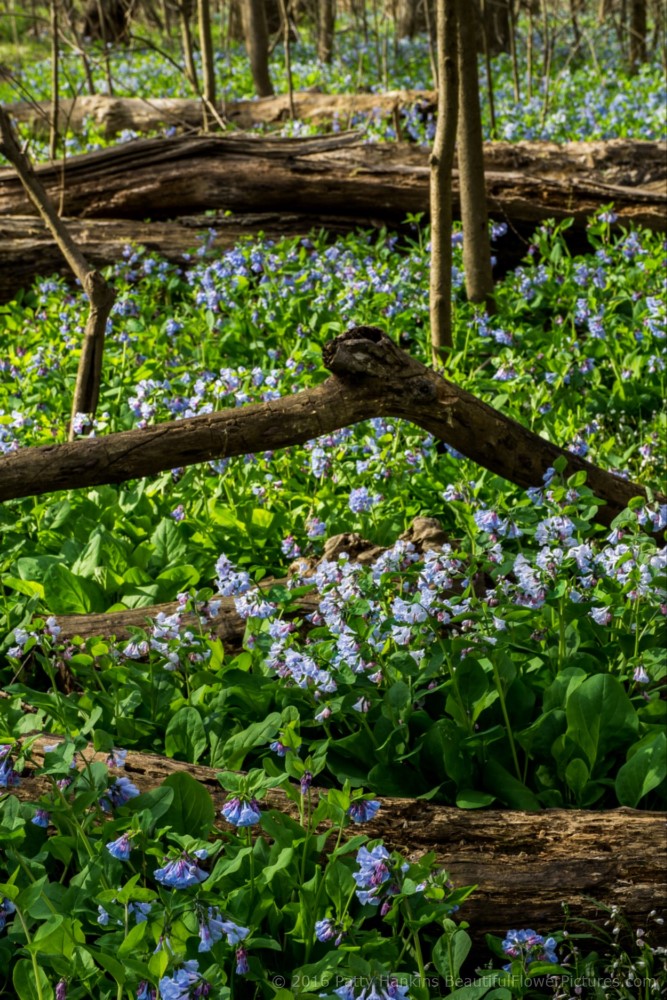
Virginia Bluebells – mertensia virginica © 2016 Patty Hankins
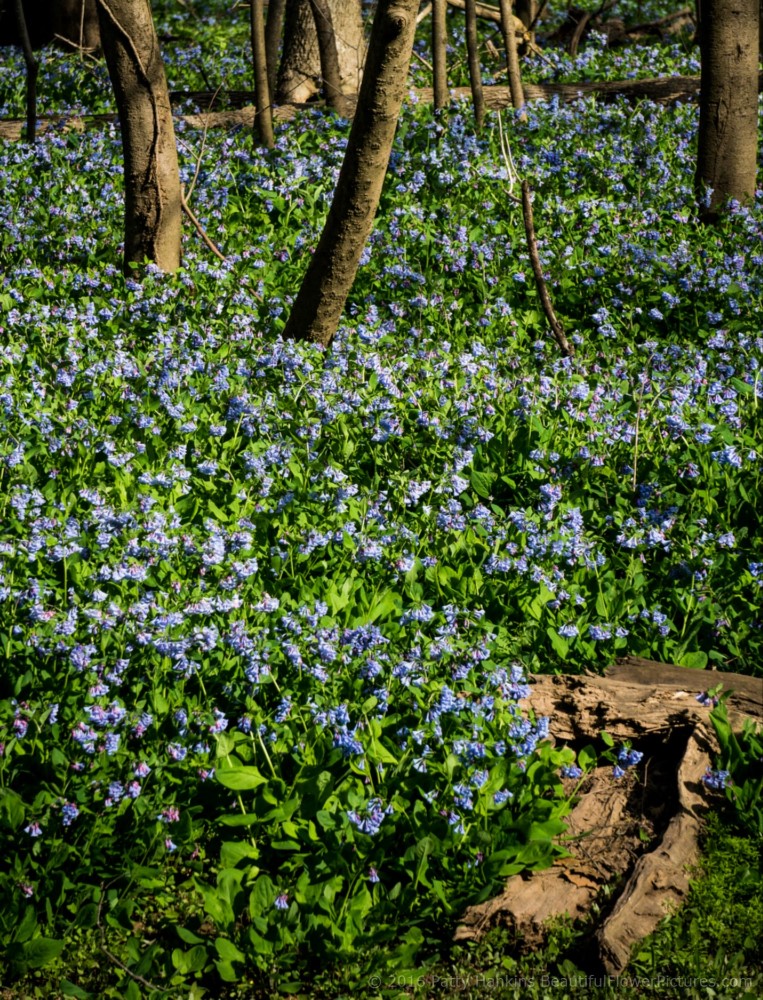
Virginia Bluebells – mertensia virginica © 2016 Patty Hankins
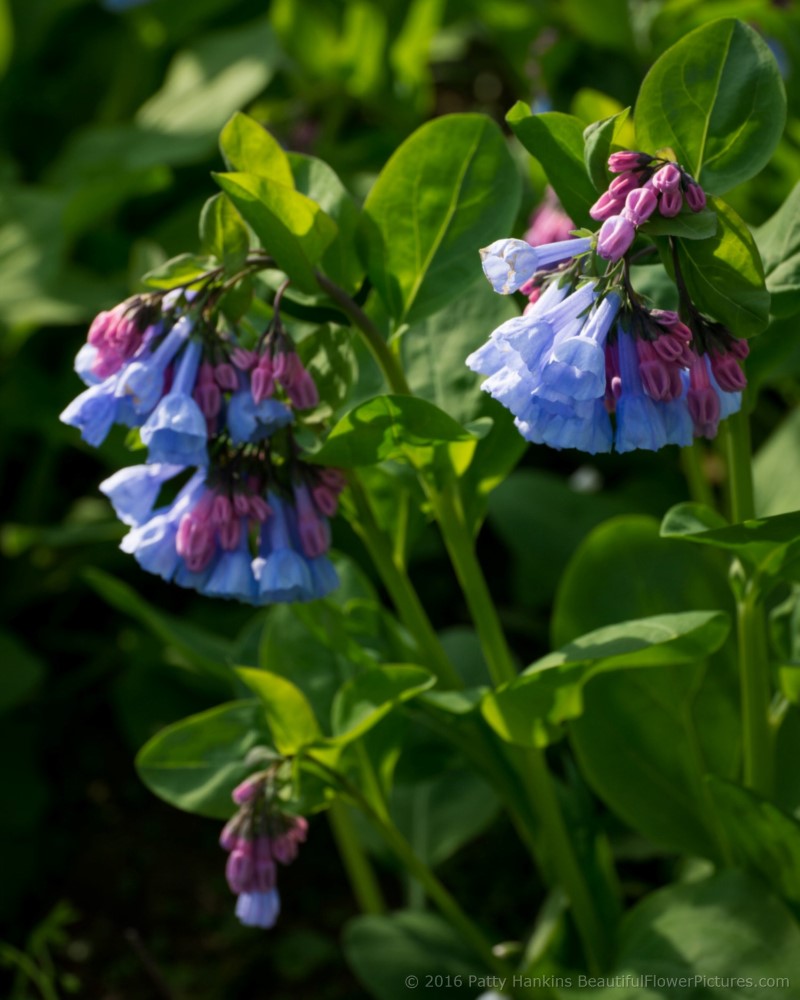
Virginia Bluebells – mertensia virginica © 2016 Patty Hankins
I also saw large patches of Spring Beauty (claytonia virginica) – another of my favorite spring wildflowers.
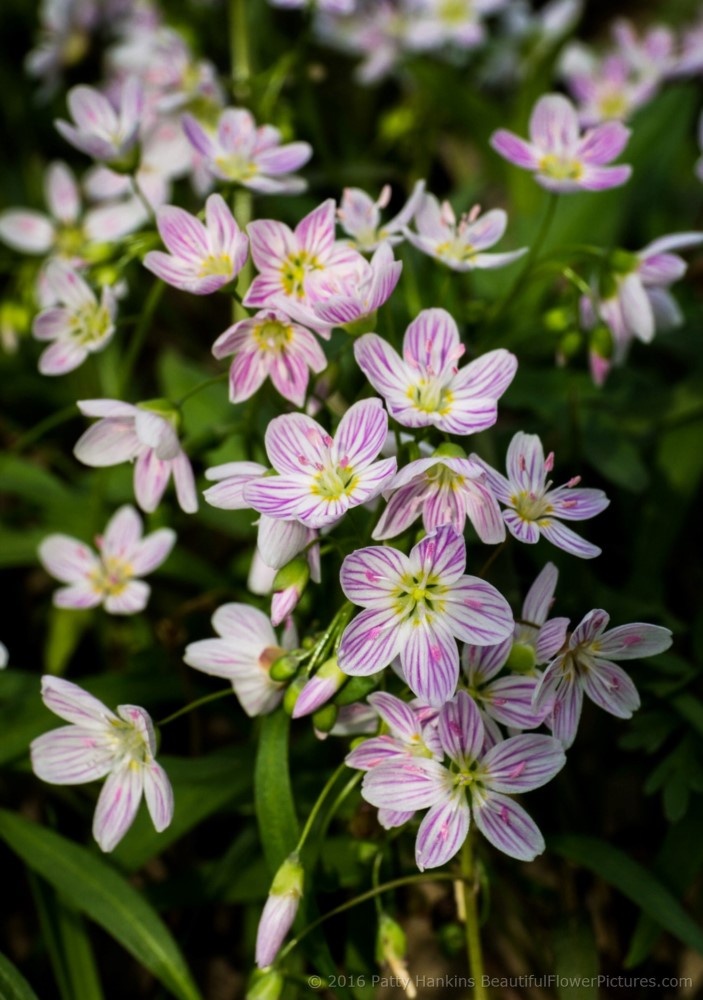
Spring Beauty – claytonia virginica © 2016 Patty Hankins
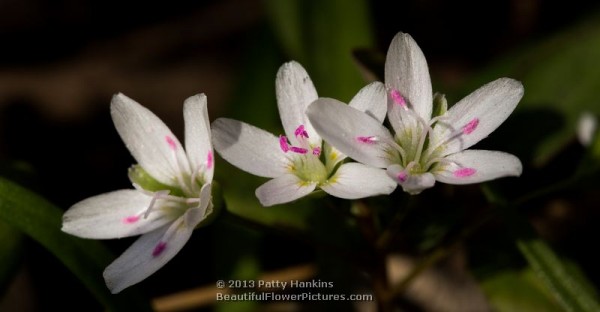
by hankinslawrenceimages | May 16, 2014 | Flowers, Portulacaceae, Wildflowers

Spring Beauty © 2013 Patty Hankins
Spring Beauty (claytonia virginica and claytonia caroliniana) is one of my favorite early spring wildflowers. Here in the Washington DC area, it’s often one of the first to bloom. Some years, I can find these delicate little blossoms in late March. To me, finding Spring Beauty means that spring is almost here!
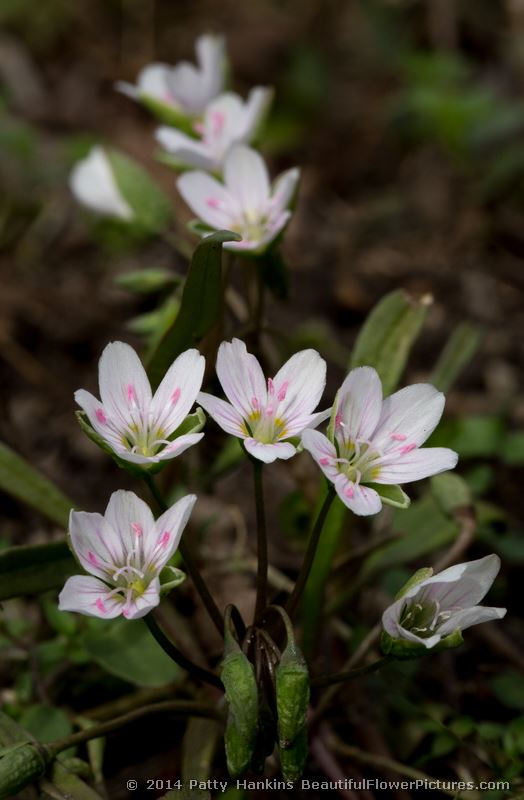
Spring Beauty © 2014 Patty Hankins
The two types of Spring Beauty – virginica and caroliniana – look very similar. They both have delicate white flowers with pink/purple stripes. Both are compact plants, growing low to the ground with clusters of flowers. They are members of the portulacaceae or purslane family.
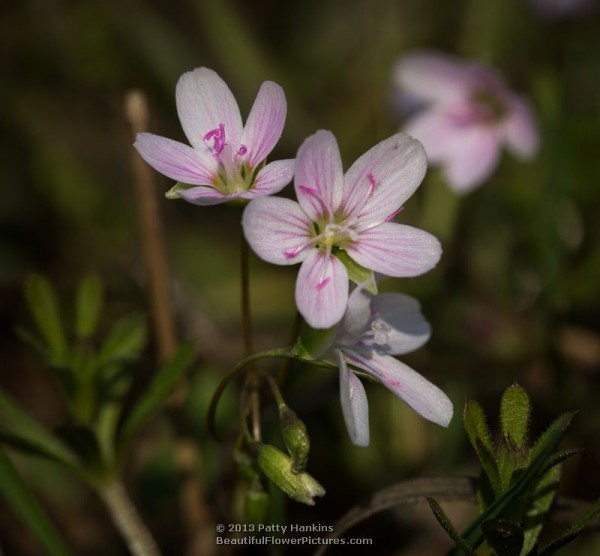
Spring Beauty © 2013 Patty Hankins
Claytonia virginica is native to most of the eastern United States, the range for Claytonia caroliniana is a bit smaller.
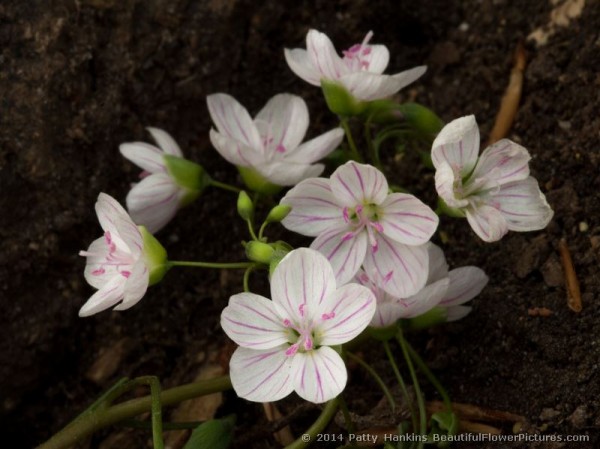
Spring Beauty © 2014 Patty Hankins
Both grow from a tuber – like a potato. They are edible, with a chestnut-like flavor. In addition to eating them, Native Americans used spring beauty to treat convulsions and as a permanent contraceptive.
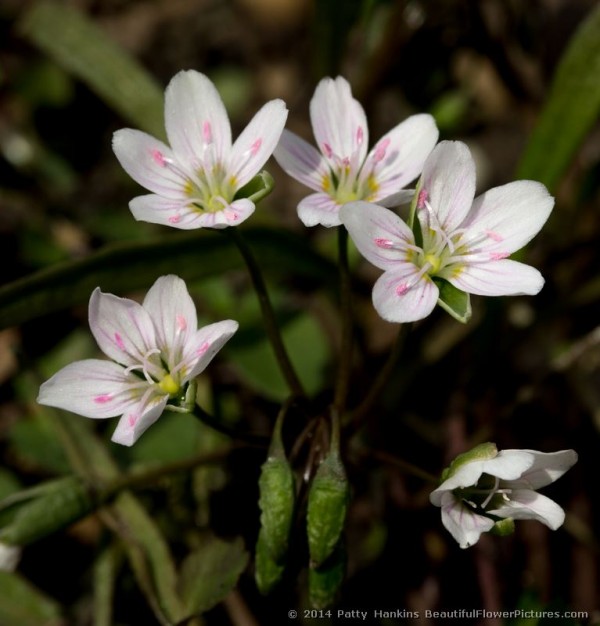
Spring Beauty © 2014 Patty Hankins
Based on the descriptions of the two types of Spring Beauty – my best guess is that the five photos above are photos of Claytonia virginicia – and that the one below is Claytonia carolinaia. But honestly – I’m not sure – I often can’t tell closely related species apart which is why I tend to refer to them by their common names rather than their botanical names 🙂
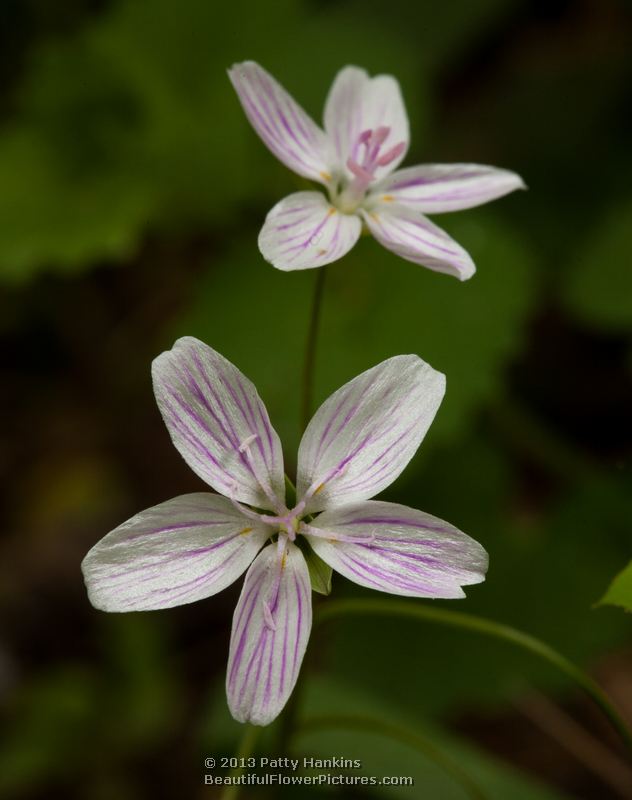
Spring Beauty © 2013 Patty Hankins













